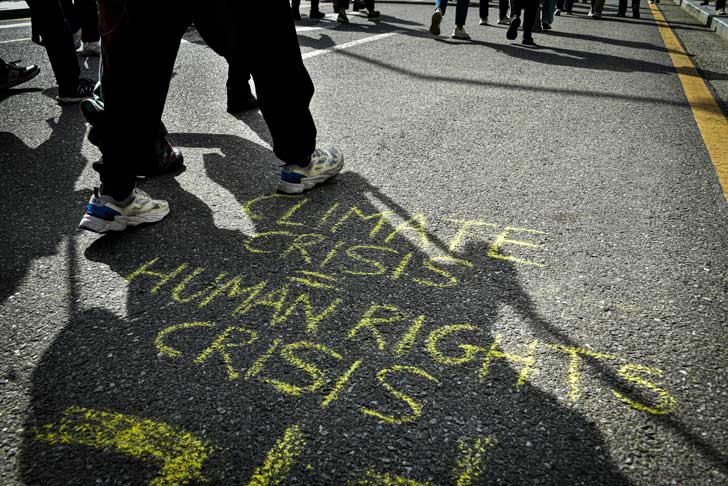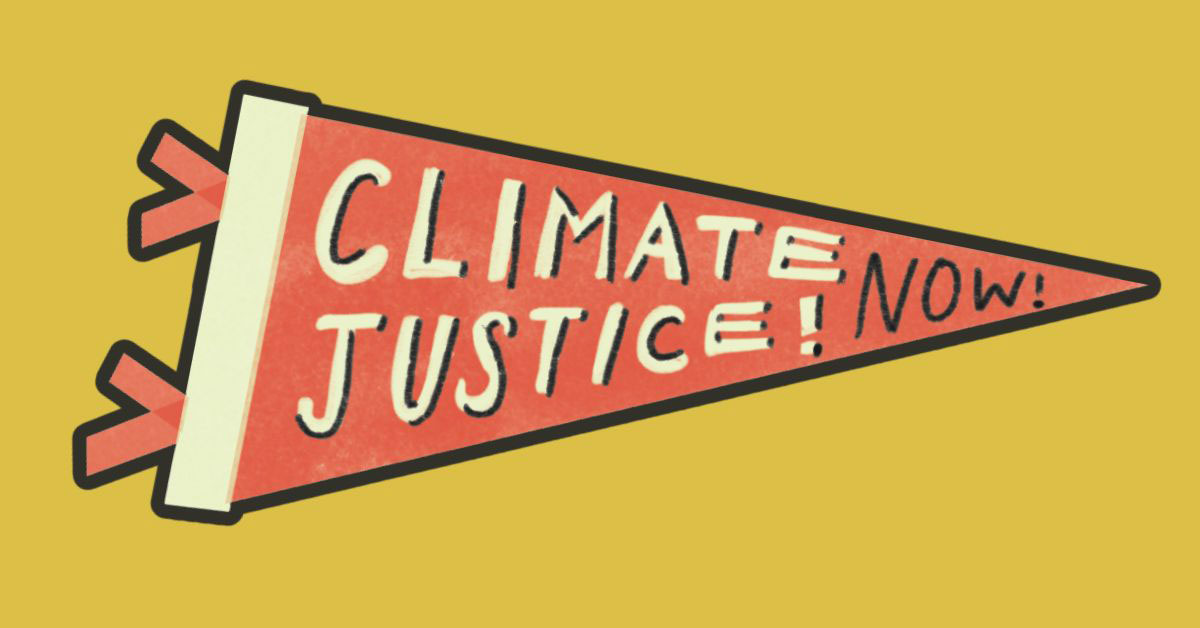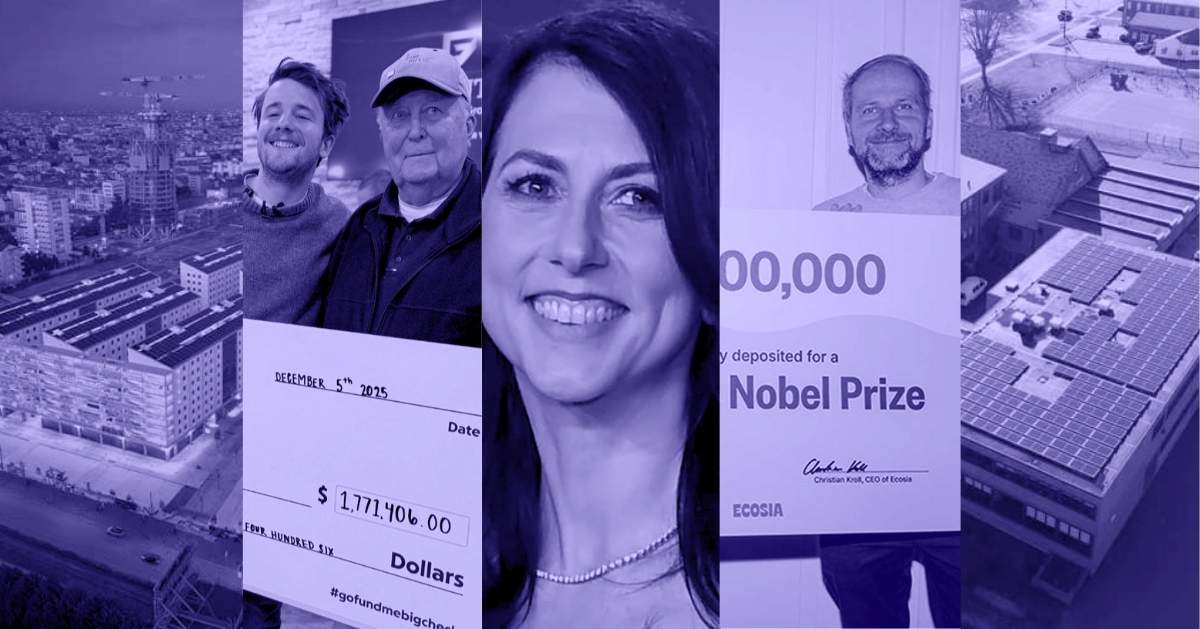Climate change is an omnipresent threat for us all, but its impact disproportionately affects non-white populations.
Inequalities stem from generations of racial injustice and colonization of Indigenous lands, contributing to ongoing marginalization and risk in BIPOC populations.
Climate justice is a movement that seeks to rectify those inequities, with the goals of reducing unequal harms of climate change, producing equitable benefits from climate solutions, and including affected communities in the decision-making process.
Unfortunately, most people who are concerned about climate change remain unfamiliar with climate justice goals. But there is hope in turning the tide.
In a study by the Yale Program on Climate Change Communication, published in early 2025 in the journal Environmental Science & Policy, only about one-third of Americans had heard about climate justice.
But after reading a description of climate justice goals, many more Americans said they support climate justice (53%) than oppose it (19%).

The study also found that people who are aware of the injustices of climate change are more likely to support a political candidate who advocates for both climate justice and climate justice policy.
They also showed more willingness to join a climate justice campaign.
So, how do activists help climate justice gain more support? The researchers suggest that communications should incorporate climate justice more explicitly.
Those communications should also describe the specific and disproportionate harms of climate change, as well as the practical benefits of climate justice initiatives.
“Our study suggests a need to build public awareness of the term ‘climate justice,’” the researchers wrote.
“We find that many Americans who would support climate justice do not know what it is. … The untapped climate audience may simply be unaware of climate justice rather than unconcerned about it.”
A version of this article was originally published in The 2025 Environment Edition of the Goodnewspaper.
You may also like: Boston is the first US city to plant green roofs on bus stops: 'Would amount to 17 acres of green space'
Header image by Carra Sykes for Good Good Good



